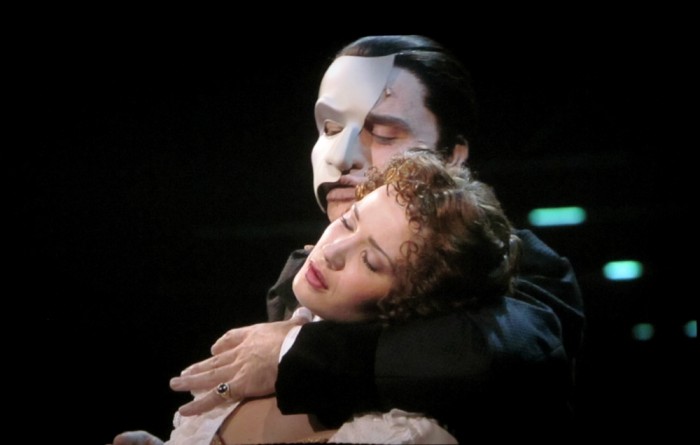Top Five Things to do in Berlin
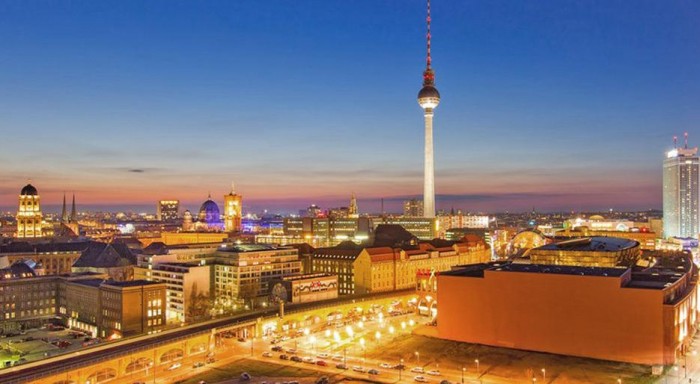
Berlin is one of the cheapest places in Europe that I’ve visited, but it is also one of the most interesting. With a thick, dark and rich history, it is a city that needs to be visited. Beyond Berlin’s history, there’s a thriving art and culture scene that is one of the best in Europe. Berlin is also home to a very outrageous and fun nightlife. If I could pick one place to live in Europe, it would be Berlin. Despite visiting twice in the blistering cold of winter, I fell madly in love with this city. Once you’ve figured out where to stay in Berlin, you’ll need to figure out what to do and here are my top five things to do in Berlin:
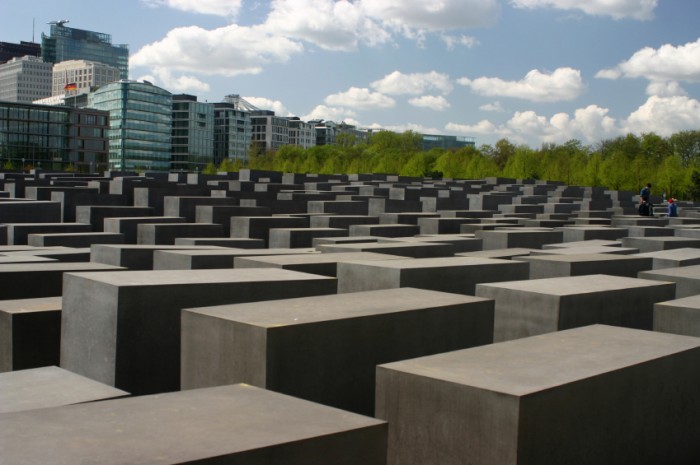
Visit the Holocaust Memorial:
Much of Berlin is gray and concrete, and this memorial is no different. Walk through the large granite blocks that are arranged in such a way to make you feel lost. These blocks resemble tombstones and their layout is very disorientating. It is a very unusual memorial, but I found it to be very striking. Underneath there is a museum that you should at least an hour or two to visit.
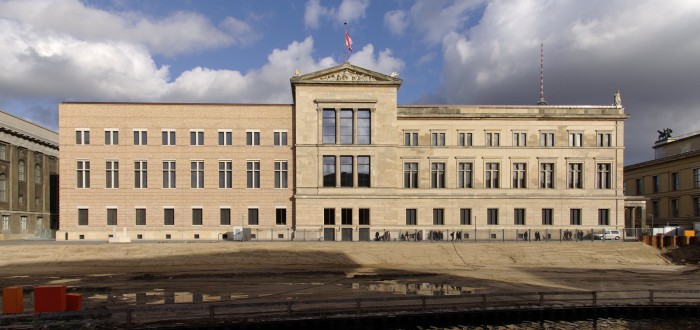
Neues Museum:
Berlin isn’t known for beaming sunshine, so if you visit on a gray or rainy day, you should make your way to the Neues Museum – hope to one of the most fascinating collections of Egyptian collections in the world. It is worth buying a Berlin Museum pass if you’re interested in visiting more than one museum. Also, bare in mind the staff at this museum are quite unfriendly and most bags will have to be checked. Despite this, this museum is definitely worth a half-day visit.
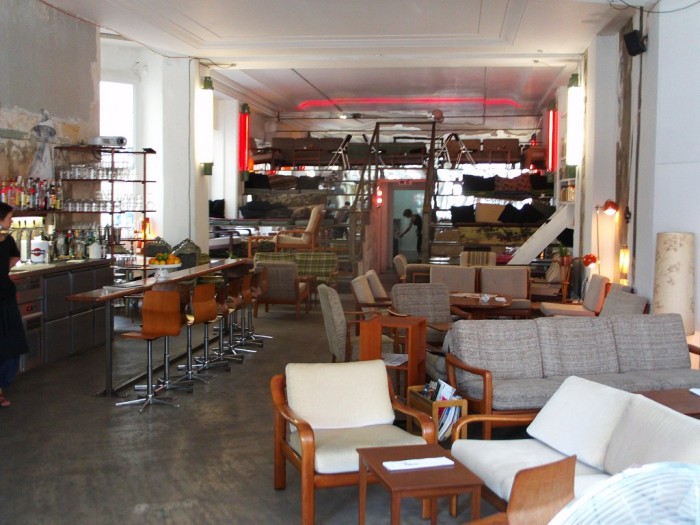
Enjoy a drink at Mein Haus am See:
This café claims the title of one of my favourite cafes in the entire world. When I was visiting Berlin one day was absolutely terribly and icy cold, so I checked out the Couchsurfing community to see whether there were any meets going on. An English girl living in Berlin had organized a coffee meet up at Mein Haus am See and I headed along. We spent a lazy Sunday, an international bunch of travelers and expats, discussing life while indulging in some of the best coffee I had in Europe. It’s definitely work checking out and is so Berlin.
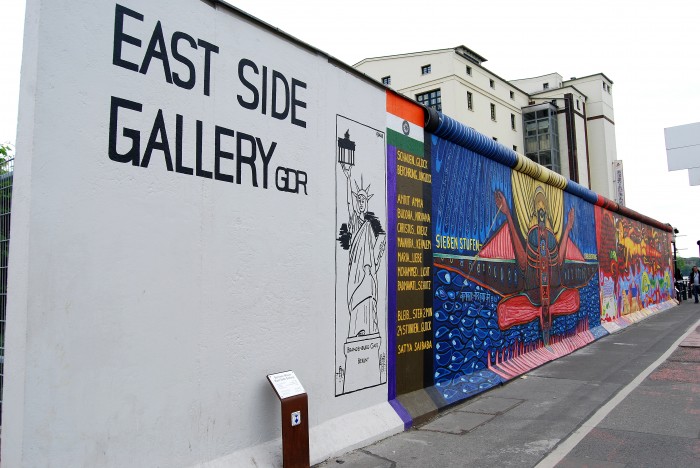
Walk along the East Side Gallery:
Yes, it’s clichéd, but really no visit to Berlin would be complete without visiting the largest outdoor exhibition space in the world. As a fan of art, I thoroughly enjoyed the diversity of the paintings and the hope it brings. Transforming such a dark part of Berlin’s history into a visual banquet is just the type of forward thinking that Berliners are known for. Allow yourself some time to browse the wall properly, while soaking in the separation and pain the former Berlin Wall caused.
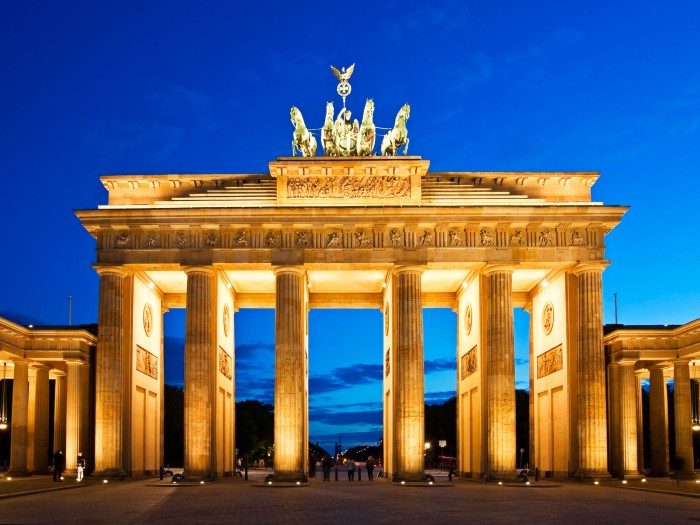
Brandenburger Tor:
This is one of Germany’s most popular landmarks, and for good reason. Originally built over 300 years ago, it has endured a number of wars and been number of different symbols throughout its history. Since 1989 and the fall of the Berlin Wall the Brandenburger Tor symbolizes the reunification of Germany. At night it looks incredible, lit up and without the hoards of tourists. However, during the day this turns into a bustling hotspot with flocks of entertaining and talented buskers.
These are my favourite top five things to do in Berlin. Did I miss anything essential from this list? Share your favourite things to do in Berlin in the comments below.
A golfer’s dream
The best of both worlds – activity and relaxation. Does such a place exist? Well, it does, and it’s not so far away either.
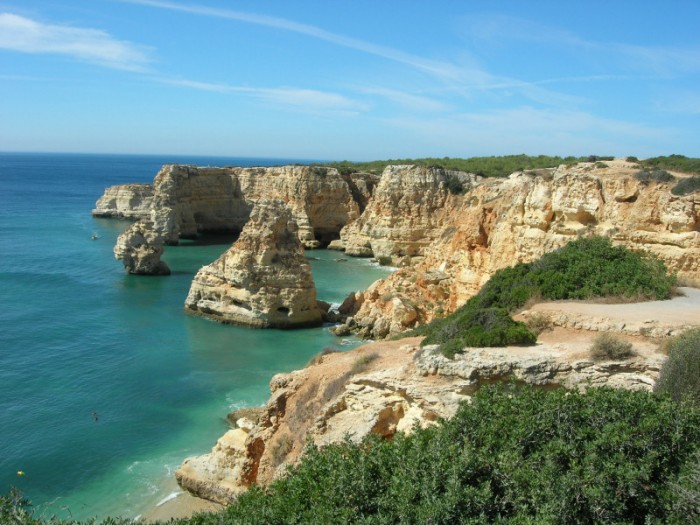
The Algarve is a hugely popular destination, whether winter or summer, and because of this, you can find some fantastic deals heading to this part of the world. Cut your costs even further by taking advantage of great value added extras, like airport parking from Holiday Extras and the relaxation factor will come into play, as well as save, save, save!
I was advised to check out the range of Gatwick hotels on offer with Holiday Extras and stayed in the Sofitel before my trip to the Algarve, and will certainly be booking again. The convenience of travelling to the airport at my own leisure was fantastic, and the price made me smile even more. I’d certainly recommend you look into what services are available at your airport.
Getting from A to B sorted, and the fun can start.
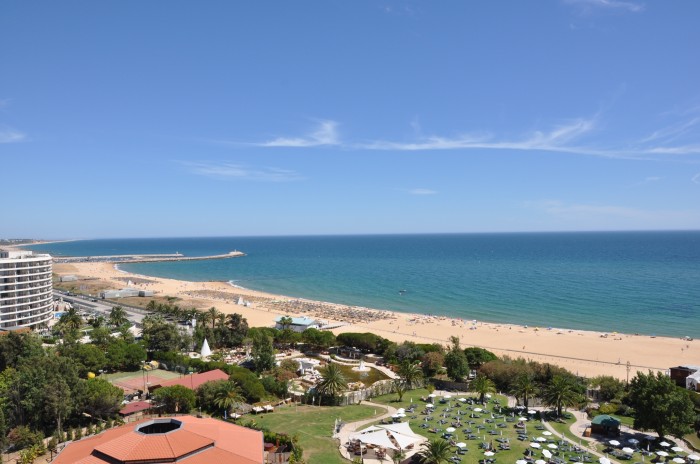
Vilamoura is a very popular resort on The Algarve, and because of its popularity, you’ll find excellent facilities and plenty to do. A large resort means variety, and whether you choose winter sun or summer scorching, there is something to keep you more than occupied. Another bonus is the short distance from Faro Airport, which if you’re travelling in peak season, you’ll be grateful of.
Of course, The Algarve is famous for its golf courses, and if you’re a keen golfer, this is certainly a destination I’d recommend for you! Around Vilamoura there are four top class championship golf courses. If golfing’s not your thing, why not leave your better half on the green and head to the beach, for a spot of rest and relaxation? There are plenty of water-sports if you choose to cool yourself down from the intense heat, or alternatively, just lay back, chill-out and enjoy the beautiful scenery.
One of my favourite pastimes is shopping, and this is one part of the world where shopping meets holiday fun! Vilamoura itself has plenty of shops, from tacky tourist souvenirs, to clothes and trinkets, however for a much higher quality retail therapy hit, I’d be heading to Faro. The bus network is good and reliable, so there’s no problem getting there, but if you can, I’d recommend hiring a car. This not only allows you more time to hit the shops and stroll around Faro, but makes checking out the local countryside much easier, including the nearby Roman ruins.

To get out and about in a completely different way, I’d suggest booking onto a boat trip. This is something I always try to do regardless of where I go, as a day spent floating around the coastline is not only relaxing, but allows for some fantastic photos. There are deep sea fishing opportunities too, so if you’re into fishing, ask about specialised trips.
Nightlife in Vilamoura is bright and varied, with many lively bars and clubs to spend your evening dancing and having fun. Down by the pretty marina, you’ll find lots of restaurants, as well as around the main stretch of town, and you won’t find any trouble seeking out a menu to suit, as international tastes are well catered for.
As you can see, Vilamoura is not only varied, but it offers a rather more sophisticated, upmarket kind of holiday, without the pomp and ceremony, and is certainly laid-back too – an interesting mix! Cut your costs by checking out facilities available near you, such as Bristol Airport parking and look forward to more Euros to enjoy your break, and a stress-free start to your summer holiday.
What could be better?
My Best Value Locations in Europe
Europe doesn’t have to be expensive to travel, although it can be. When I lived in the Czech Republic as an Au pair, I was lucky enough to do a lot of travel. I nipped over to Berlin for a weekend, spent a few days exploring museums in Vienna and fell in love with Budapest. There are a number of countries in Europe that will not only destroy, but also violate your bank balance. I’ve intentionally avoided countries like Norway, Sweden and Denmark because I don’t think I’m at a stage of my life where I can afford to do them properly.
I was surprised to find that there are a few places in Europe that are barely more expensive than Asia, but include all of the comfort and charms that Europe is adored for. Here are some of my favourite places in Europe that not only have the cheapest accommodation in Europe, but are also very entertaining and have a unique flavor. If you’re planning on visiting Europe for the summer, you must check out some of these money saving gems:
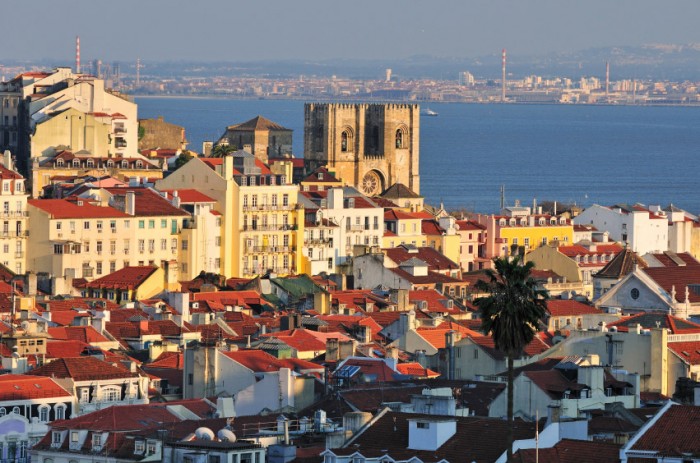
Lisbon:
There’s an old charm feel about Lisbon, the city which seems to be built up spiraling around the old castle that is perched on the hill. There are little cobblestone streets everywhere; delicious pastel de nata and you’re only a stone throw away from Sintra. You can spend a day riding around on the old, red trams that slowly drag themselves up and down the winding streets. Another bonus of Lisbon is that it’s literally on the water’s edge, meaning you’re never too far away from a beach – what else could you want? It’s definitely one of the best value locations in Europe.
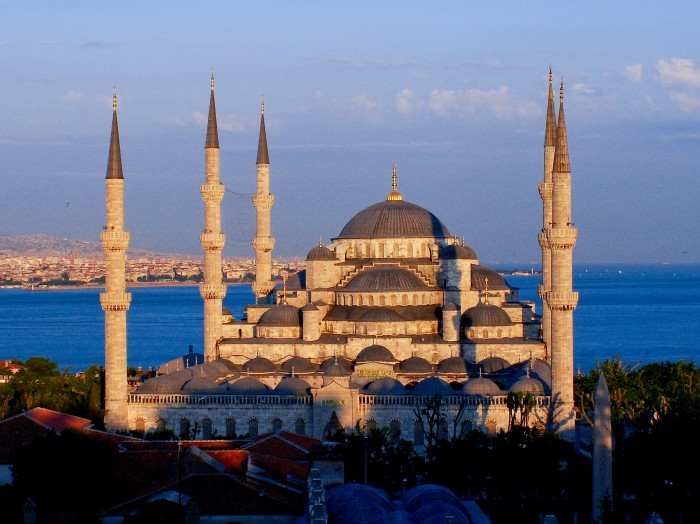
Istanbul:
Half in Europe, half in Asia, Istanbul is a hot pot for both culture and history. There are few things that compare to Istanbul’s stunning skyline, with the Blue Mosque and Hagia Sophia creating an unforgettable atmosphere. The Grand Bazaar is chaotic, mesmerizing and almost timeless. Istanbul is irresistibly photogenic and is a lot kinder on the budget than most capital cities in Europe.
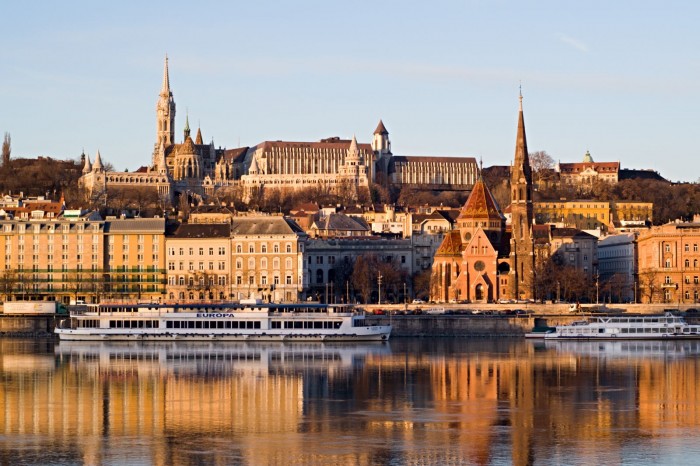
Budapest:
I love Budapest; it’s no secret. I’ve been here twice and both times find myself in awe of how irresistibly beautiful this city is. Everything about Budapest is cheap: some of the cheapest accommodation, cheap food, and the alcohol’s cheaper than water. It’s one of the few places in the world where I’ve found myself in a swanky wine bar, able to afford to buy wine by the bottle without cringing. The view from the riverfront is stunning and New York Café is an absolute must-visit.
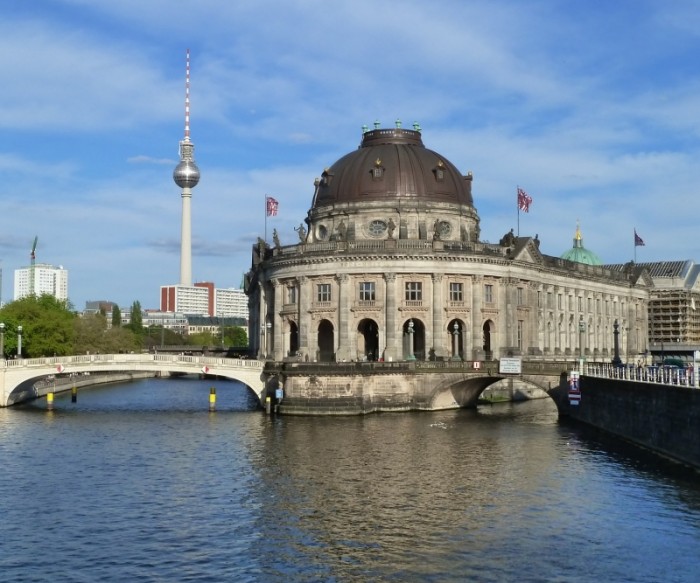
Berlin:
Ah, there’s so much history and culture crammed into Berlin, that even without its affordable price tag it is an essential stop on any trip to Europe. Berlin is, without a doubt, one of the most interesting places in Europe to visit if you are interested in art, culture or history. Though the majority buildings in Berlin tend to be dark and sterile, you’ll find a great number of them are painted in beautiful murals. Even the tram rides are enjoyable, with random buskers joining you for a stop or two to play some music. Not only does Berlin have one of the wildest party scenes in Europe, it’s also dirt-cheap. I’m so fond of Berlin that I actually spent a great deal time researching the logistics of me moving there.
Those are my four best value places to visit in Europe – I think most of them barely cost more than traveling in capital cities in South East Asia.
What are your favourite great value destinations – in Europe or elsewhere?
Dealing with travel emergencies
There is nothing scarier than when things go wrong on the road – after all, you’re far away from your friends and family at home and there are so many extra variables that make it scarier than normal. I’ve known a few people who have lost their wallets while traveling and been completely caught out, stranded in the middle of nowhere with no money. Dealing with travel emergencies is the last thing you want on your holiday. I always suggest carrying a spare credit card during your travels, but it can be challenging trying to discover the top credit cards for travel.

Expect the worst:
During my travels I’ve had a lot of bad things happen: I was stabbed in Indonesia, I had my camera stolen, my laptop screen shattered, I lost one of my ATM cards, I fell sick numerous times and I used both travel insurance and my backup cards to help bail me out. Even if you have travel insurance, they often require that you pay for medical treatment and are reimbursed, meaning that you need to have the funds to do so otherwise you wont get the treatment you need as fast as you need it. Preparing for the worst means that if it happens you don’t have to stress about how you’re going to cover it. You can focus on moving forward. It makes dealing with travel emergencies a little bit easier.
Find a good credit card:
When I was in Thailand, my friend entered in a Muy Thai fight. I told him not to, and I suggested it wasn’t the smartest idea, but he was set on it. Less than 10s into the fight, the opponent smacked him right in the middle of his nose, resulting in a pretty nasty broken nose. We had to leave the island and made our way promptly to a hospital so he could have a nose job. The operation cost just over $3,000 and he had two options: either pay and get the operation right away or wait for insurance to come through and risk his nose settling incorrectly, increasing the damage. Thankfully, he had a credit card and elected to get the surgery straight away. Now he’s not as ugly as he could have been if he waited.

How to choose a good travel emergency credit card?
It can be challenging finding the right travel credit card, but there are lots of online websites that allow you to quickly compare credit cards so you can find the best match for you. Look at the interest rates (you want a lower interest rate), what rewards, if any, the cards provide and what kind of limit you can get. This will vary considerably depending on what country you are from, what kind of limit you’re looking for and what your credit history is like.
I’ve always traveled with a credit card – I simply feel safer with it. Do you have any tips for dealing with travel emergencies? Share them in the comments below.

Things to consider when planning a short break
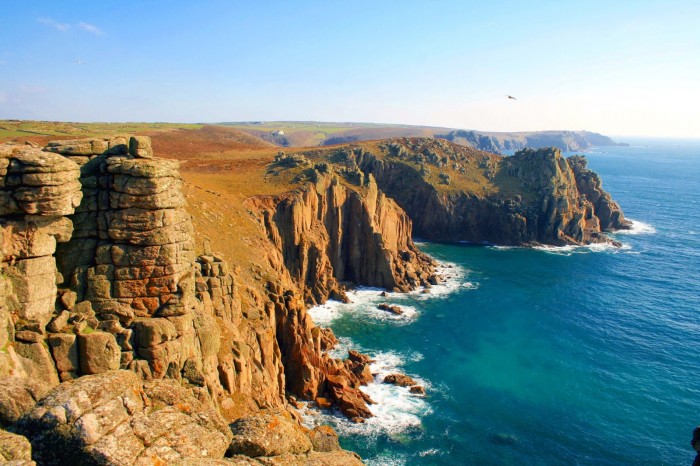
Planning a short break is the sort of thing that people leave right up until the last minute. One of the many reasons for this is that because you’re going away for a shorter time than a summer holiday, you assume that it’ll be a simpler task. This, however, isn’t always the case – there are many things to factor in to ensure you have as good a time as possible. Not planning properly can leave you stranded somewhere you don’t want to be, doing things you didn’t imagine doing. We’ve compiled a guide of things to consider before booking your trip.
One of the most crucial things to think about is the travel. How are you going to get to where you’re going? This is also something to consider when choosing your destination. If you’re travelling by car things are much easier and often cheaper, but this can depend entirely on things like distance and parking costs. Consider that you might not be able to park easily when you arrive. If you’re travelling by public transport, it’s best to book in advance so as not to be disappointed when you get to the train station and realise there are no tickets. The long and short of it is that you should get clued-up long before you go.
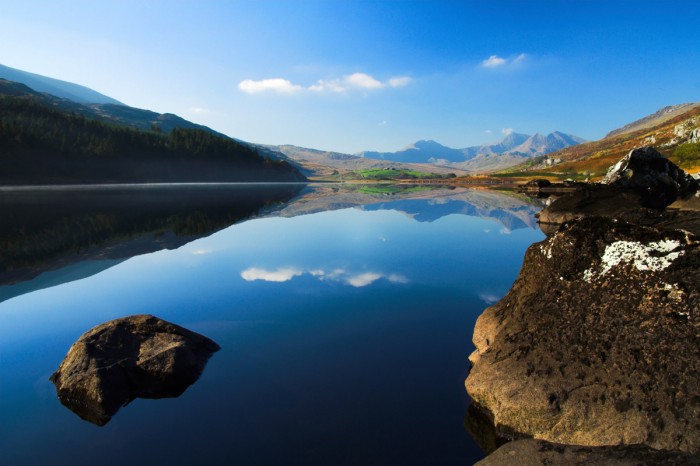
Where do you want to stay? The question is, unfortunately, nowhere near as simple as that. Where you want to stay depends largely on the type of break you’re going on, the length of time you’re staying and of course your budget. If you’re going on an adventure break you might want to stay somewhere less luxurious, but on the other hand if you’re planning on spending the weekend at a spa, a 5 star hotel fits just right. Assess the options in the location you’ve picked and check out reviews of your selected hotels to make sure you’re getting the best deal and that you’ve picked the right type of accommodation. Speaking of budgets there are some really great ideas for cheap UK weekend breaks up on the Visit Wales website that give you a great insight into what to expect.
Whatever type of break you want to go on you should always put the location first. Of course, this largely depends on where what you want to do can be found. The best way to do this is reverse-engineer the process. Say for example you wanted to go rock climbing, there no sense in looking for good hotels in the city before you’ve found out whether rock climbing is available in the area. Make sure you check out the local amenities too – There’s something to be said for little village cottages, but if you’re in the middle nowhere and you enjoy eating out in the evening, you’re likely to be disappointed.
Top Romantic London Shows
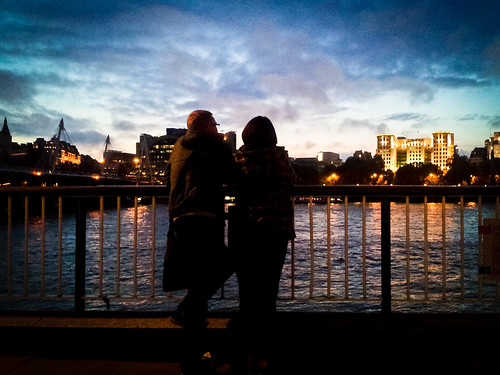
Valentine’s Day might be long gone, but there is always a good reason to spend quality time with that special someone. A good theatre show can transport you and your other half into a different world and time. There is something alluring about the combination of carefully designed costumes, captivating music, and charming storylines. If you want to make the most out of a special occasion, let Show & Stay guide you through some of their beloved musicals and plays, including some top romantic London shows.
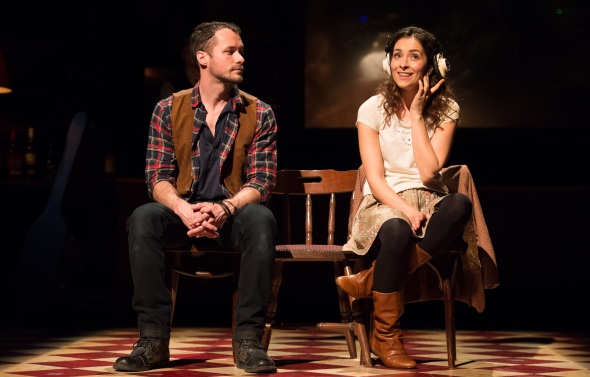
Once
Once is a relatively new show, which nevertheless captivated audiences in Broadway, before arriving on London’s West End. Inspired by the critically successful film (it received a Grammy and an Oscar, among many other awards) the critics have also surrendered to the charm of this unassuming show. The musical tells the story of an Irish musician and a Czech girl who go back and forth between feelings of love and friendship as they perform the most poetic and tender songs.
Phantom of the Opera
The Phantom of the Opera is much more than a classic love story; set in 19th century Paris, a young singer Christine becomes the protégé of the Paris Opera House Phantom, a talented musician who had to give up his career because of a deformity in his face. The Phantom is secretly in love with Christine, although she is engaged to someone else. The events surrounding this love triangle will keep you hooked with Christine’s final decision being a great topic of conversation once the show is over. This show has been performed at Her Majesty’s Theatre and has enjoyed huge success in the West End for the past 26 years.
Mamma Mia
Mamma Mia is the heart-warming and vivacious musical that has had the world captivated. Not only for the die-hard ABBA fans, the show tells the uplifting story of a young woman’s search for her father prior to her wedding on an idyllic Greek island. This musical is packed with contagious ABBA songs and charming characters that give a new meaning to friendship and family ties.

The Bodyguard
Based on the famous 1992 film starring Whitney Houston and Kevin Costner, The Bodyguard is the hit jukebox musical featuring the iconic songs from this best-selling soundtrack. This show is a fantastic opportunity to enjoy an outstanding live performance of this classic love story between a singer and her bodyguard. Regardless of which show you choose, it’s the experience that counts. London, its elegant theatres and an overnight stay at a trendy hotel make for an unforgettable and romantic city getaway that you may want to repeat soon.
These are our suggestions of the top romantic London shows – what are your favourite London shows?
How to Find a Good Couchsurfing host
I’d like to say I’m an expert at Couchsurfing, but I haven’t really done it that much. I have been a host in the past here in Christchurch – my housemates and I hosted three people a few years ago. The reason we stopped? Our last Couchsurfing guest stayed a whopping 6 months and by the time he left we were a little heartbroken.
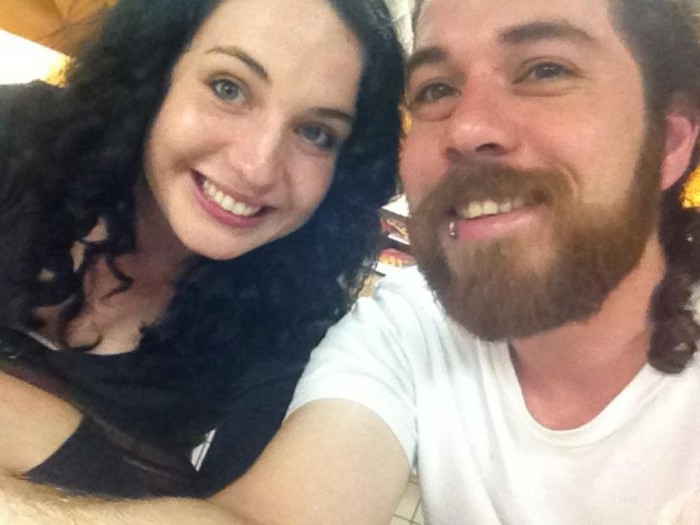
I’ve Couchsurfed in Mexico, San Diego and in a few places in Spain: San Sebastian, Rota and Bilbao. The truth is, I love Couchsurfing – it’s a great way to meet locals and to get a really unique experience. The problem is, though, I also love hostels… so I haven’t Couchsurfed as much along my adventure as I would if I wasn’t so fond of hostels.
I’ve had a lot of great experiences; I did a road trip with my Mexican Couchsurfing hosts to Ensenada and with my Rota Couchsurfing host to Gibraltar. I drank Sangria with my Couchsurfing hosts in San Diego and in Bilbao. But I had one bad experience with my host in San Sebastian and I think it could have been avoided.
This isn’t quite a Couchsurfing horror story, but if I wasn’t being so cheap I don’t think I would have found myself in this situation. You see, my host clearly stated on his profile that he wanted a girlfriend from every country. I kind of ignored it, because I thought it was some quirky Spanish thing and made it clear to my host that I had a boyfriend (well, a guy I was seeing back home) and that I wasn’t interested in anything than hanging out and getting to know him and San Sebastian.

We went out for Pintxos and drinks and everything was going well, until we went back to his mother’s house (where I was not entirely welcome? I had to be quiet and come in a different door as to not rouse her). I was removing my ridiculously hilarious rainbow pajamas from my backpack when he decided to slap my ass. I was caught off guard and turned around and told him it was not appropriate, I had a boyfriend and was not interested. He started quoting my profile saying that I love to live in the moment and that I should do so with this opportunity he was presenting me. I declined and he pushed. It took about twenty minutes of very clear “this is not going to happen, should I leave?” for him to stop the advances, and they never really stopped.
I felt kind of delated and a little offended, I simply wanted a great Couchsurfing experience and I hadn’t done anything to give this guy the wrong impression. He had raving reviews from other people who stayed, but if I’m completely honest I went against one of my first “rules” when choosing a Couchsurfer or Couchsurfing host:
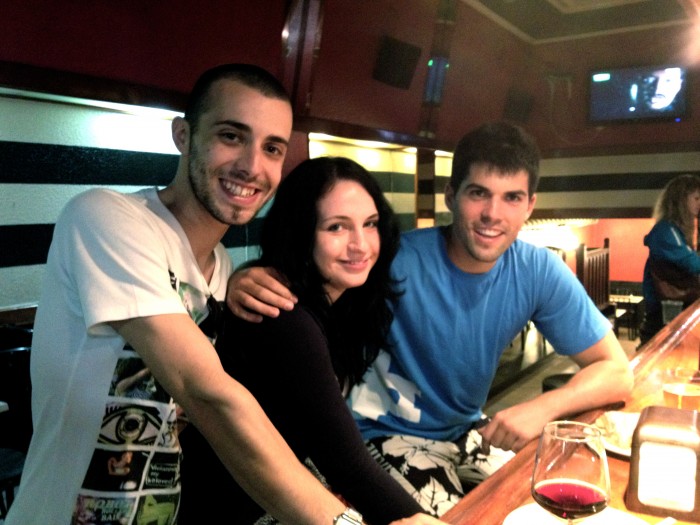
Choose someone you think you’d actually want to be friends with.
You see, accommodation was really expensive in San Sebastian and although this host and I had no outstanding similarities, I had chosen to lower my standards and “give it a go”. I don’t know whether it’s superficial to say, but I think you can get a pretty good indication of how much you’ll get along with someone by reading their interests and hobbies on an online profile. However, do make sure you are doing this with a VPN to hide your IP. You wouldn’t want unsavoury people finding your physical location through your IP.
There are a few other things you need to do to make sure you find a good Couchsurfing host:
Look at their references, like, stalk them.
I don’t mean this in a creepy way, but if they’ve got references from other people gushing they’re the “best Couchsurfing host ever” then chances are you’re going to be well looked after. My Couchsurfing host from Rota was awesome, had incredible references and he even invited us to stay, although we were originally looking to go to Cadiz, which is a short ferry ride away. In the end we were glad we chose Rota and to stay with him because he was an incredible host that really made that trip for us.
Start looking in advance.
The further you look in advance, the more likely you are to find someone that you’ll really want to stay with and that might end up being a real friend. Read their hobbies, beliefs and where they’ve been in the world, see if you’ve got anything special in common or to bond over.
Those are my tips for finding a great Couchsurfing host. Do you have any suggestions? Have you Couchsurfed anywhere?
An Exhilarating Pamplona Experience
You will definitely know a place is worth travelling when the great Ernest Hemingway puts his indelible stamp of approval on its map, and that is what he did by the time he set foot in the Spanish city of Pamplona. Ninety years ago, Ernest Hemingway was astonished and enthralled at the sudden burst of vivid colours and lively music the city presented. Even more amazing than the sights and sounds of Pamplona is the festival of the region’s patron saint, San Fermin.

The San Fermin festival strikes a chord with daredevil adventure seekers all over the world. Every July, Pamplona’s streets are conquered by a herd of fighting bulls trampling their way through the city, from their corrals, all the way to the plaza de toros. Adding to the thrill of the event is the competition of daring young – and somewhat middle aged – men running ahead, and in the same direction of the bulls while trying to avoid getting impaled or crushed by the rampaging beasts. Though many have been injured and a handful perished, the San Fermin Festival still is one of the most anticipated nationally televised events in Spain.
Pamplona may be more known for the San Fermin festival, but the city still has a lot to offer to would-be travellers. Its picturesque views of the villages, terrains, and historical remains have always been the apple not just of “Instagram Photographers” eyes, but of its previous tourists and citizens as well. Minus the “bull,” this Spanish city has charmed its way into the hearts of people as proven by Mr. Hemingway’s ninety-year-old claim.
Where to Enjoy a Budget Beach Holiday in Turkey
Sitting between Europe and Asia, Turkey is a country that offers a unique holiday experience. Steeped in history dating back to the famous Ottoman Empire and home to the ancient city of Troy, Turkey has an enviable position with coastlines on both the Mediterranean, Aegean and Black Sea. With cheap holidays to Turkey widely available, there really hasn’t been a better time to visit. Here’s a guide to the top Turkish destinations for a fantastic beach break.
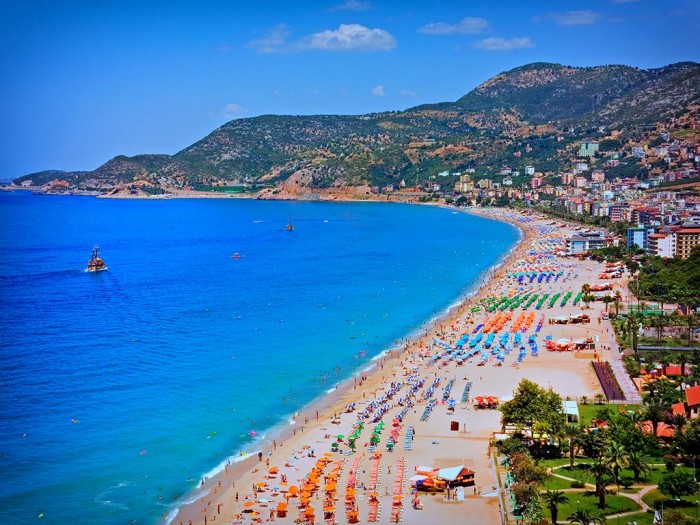
Antalya
Located on the southern coast of Turkey and looking out onto the Mediterranean Sea, Antalya is both the largest and fastest growing tourist town in the country. Sheltered from the north by the Taurus Mountains, the climate is hot and dry which is the perfect weather to enjoy the pristine white sand beaches and crystal waters. The town itself is steeped in history and the cobbled, winding streets of the walled old town of Kaleci really do provide a step back in time. Any savings made booking the holiday to Turkey will certainly go a long way enjoying the rides here. For something a little cheaper, spend time relaxing on the beach here which is has endless miles of sand, an upmarket food court and bars and even a blue flag to prove its excellence.
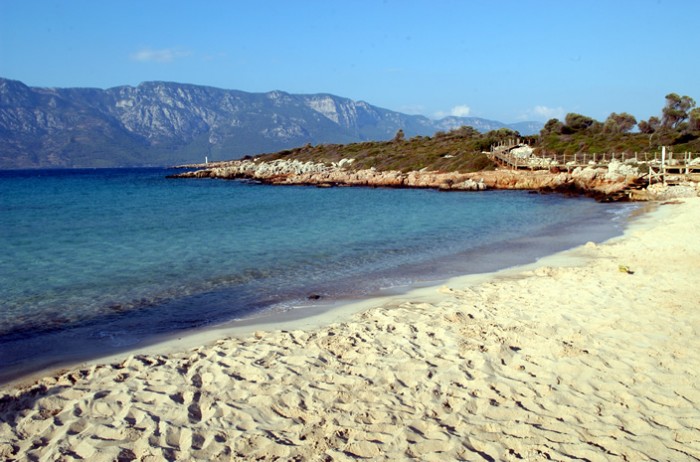
Marmaris
Sitting where the Aegean meets the Mediterranean Sea, Marmaris couldn’t be in a more idyllic location if it tried within the Turkish Riviera. Set against the backdrop of the Marmaris Mountains, this town provides a great place to take a Turkish holiday. Marmaris has a perfect mix of bustling nightlife in town and amazing culture and scenery in the surrounding areas. To get a feel for Turkish history, visit the Ottoman castle of Suleyman the Magnificent and the amphitheatre ruins in town. To enjoy the beach life in all its glory, visit Cleopatra Island which is deemed to have some of the best sand in the world. Marmaris is also a great place to dive and sail, providing a chance to enjoy the landscape whilst relaxing.
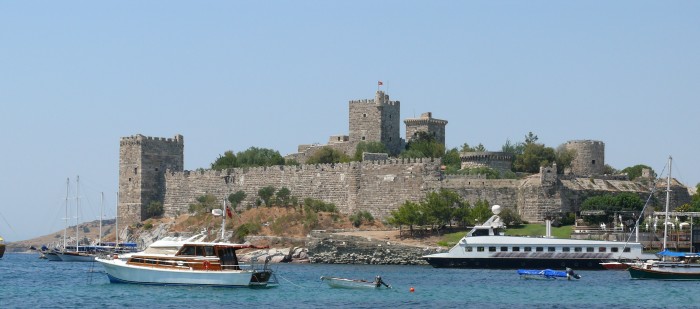
Bodrum
Nestled within the Aegean, Bodrum sits on the peninsular to the south west of Turkey and provides the chance to let the hair down with its fantastic nightlife. The best beaches along the peninsula are Gumbet and Bardacki, both of which are peaceful idylls complete with olive groves that reach down to the sea which are crystal clear and shallow so suitable for families. To add some culture to this holiday, visit St Peters’ Underwater Museum and the 15th Century castle in Bodrum Harbour. Alternatively visit Kadikalesi, a small resort with village charm which gives an indication of authentic Turkish life.
How to Stay in Touch Overseas
Staying in touch overseas is easier than ever before: the Internet has made it possible to stay in touch no matter where you are in the world. There are heaps of different ways to stay in touch, but some of them are fairly expensive and somewhat out of date. Here are my personal favourite ways to stay in touch when I’m on the other side of the world to my friends and family:

Using my Smartphone:
When I went traveling the first time, I didn’t bother to take a phone. When my camera was stolen overseas, I replaced it with an iPhone. Although it was an expensive purchase, it was so valuable for keeping in touch. I could iMessage and Viber with friends who had a smartphone, for free.
Email:
Although emails are a bit less personal than calling someone, they’re a great way of keeping in touch when you’re on opposite sides of the world. Because of time differences, communicating by phone can be kind of a hassle, especially trying to find times that work for both people.

Using VoIP:
If you want to make cheap international calls from your phones to other phones, phone cards are no longer the best option. The Internet has changed the way many things work in the world, including international calling. You can even use VoIP to make cheap texts to any number around the world. This makes it super easy to stay in touch overseas.
Buying a local sim:
If you make the mistake of accidentally using your phone overseas with your home sim card in it, you might end up racking up a substantial phone bill that will be a nasty welcome home present. Buying a local sim can be a great way to save money and can be really useful if you’re planning to stay in a foreign country for a few weeks or longer. It means that you can easily contact hotels, tuktuks and taxis, restaurants, and local friends.

Snail Mail:
Okay, by the time your mail arrives home, you’ll probably be in a new country already. Traditional mail isn’t the best option for keeping people up-to-date but they’re a really nice way to keep in touch with home and let your friends and family know that you’re really thinking of them. You can send photos of your trip, postcards, and small presents – anything you like. Although there’s a lot of convenience in communicating online, nothing can beat a personal letter in the mail.
Those are my favourite ways to stay in touch overseas. What’s yours? Do you have any tips for me?

